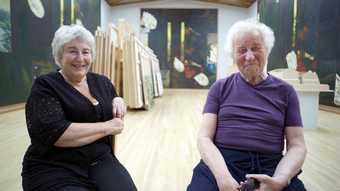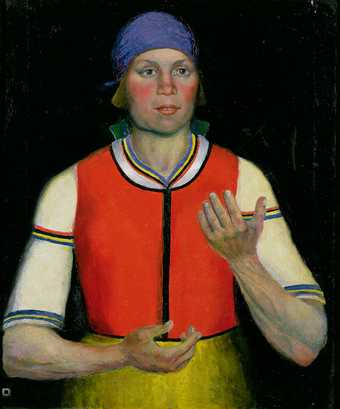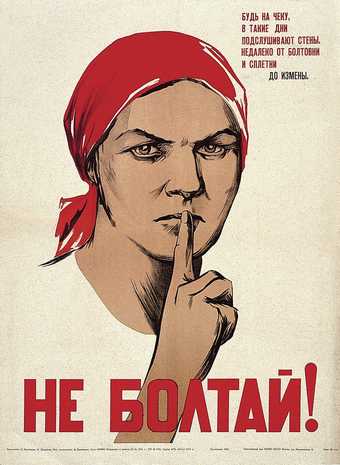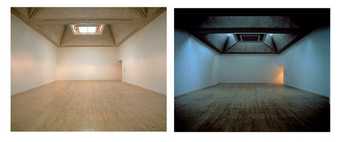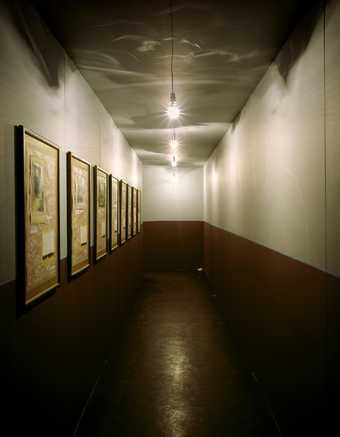The Kabakovs are amongst the most celebrated artists of their generation, widely known for their large-scale installations and use of fictional personas. Critiquing the conventions of art history and drawing upon the visual culture of the former Soviet Union – from dreary communal apartments to propaganda art and its highly optimistic depictions of Soviet life – their work addresses universal ideas of utopia and fantasy; hope and fear.
The exhibition charts the Kabakovs’ incredible artistic journey, from the early paintings, drawings, albums and sculptural works made by Ilya working as an ‘unofficial’ artist in his Moscow studio from the 1960s, through to his move to New York in the late 1980s – a turning point which marked the beginning of his collaboration with Emilia on immersive and often large-scale installations. Including architectural models of realised and unrealised utopian projects and public sculptures, the exhibition demonstrates the breadth of the Kabakovs’ practice.
Three major and rarely exhibited ‘total’ installations will be presented together for the first time: The Man Who Flew into Space from His Apartment 1985, Labyrinth (My Mother’s Album) 1990 and Not Everyone Will Be Taken Into the Future 2001. Appearing as if they have been recently vacated, these uncanny environments draw spectators into the absurd and moving stories of these often fictional characters.
Coinciding with the centenary of the 1917 Russian Revolution, the exhibition Not Everyone Will Be Taken Into the Future explores the role of the artist in society in uncertain times.
… To sum up:
The way ahead is with Malevich alone.
But only a few will be taken – the best. Those whom the headmaster chooses – HE KNOWS WHOM.
Ilya Kabakov, ‘Not Everyone Will Be Taken Into the Future’, A-YA, issue 5, 1983.
Not Everyone Will Be Taken Into the Future and Red Star Over Russia present the unique visual culture that arose from this momentous period in world history, and the artistic responses of a generation that followed.
The exhibition is organised by Tate Modern in collaboration with the State Hermitage Museum, St Petersburg and the State Tretyakov Gallery, Moscow.



